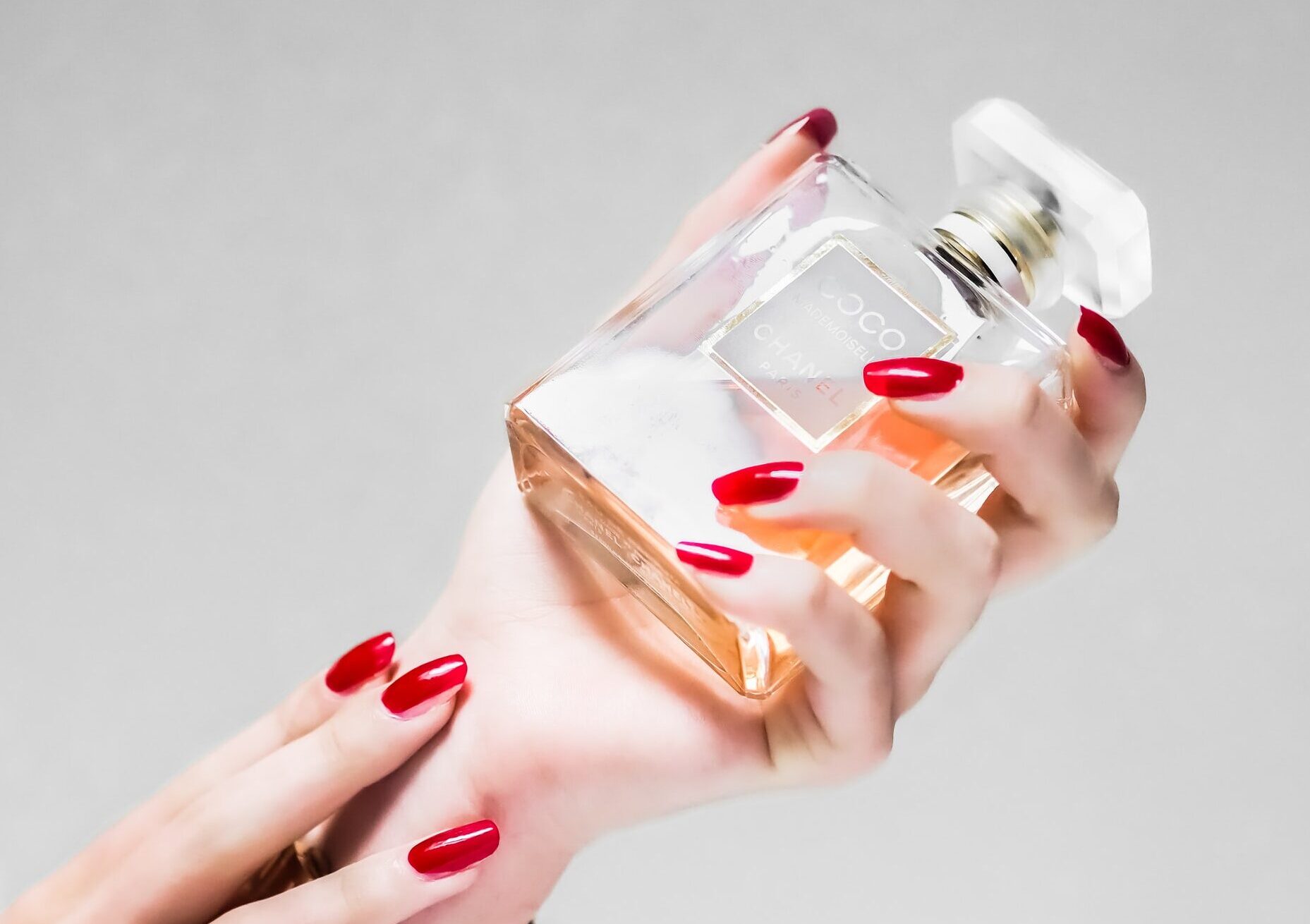BUTYLPHENYL METHYLPROPIONAL AS A COSMETIC INGREDIENT
Butylphenyl Methylpropional, commonly known as Lilial (main trade name) or p-BMHCA, is an aromatic aldehyde, a synthetic fragrance ingredient widely used in different types of cosmetics. Butylphenyl Methylpropional is also used in several non-cosmetic products, like household cleaners and detergents.
According to the European Cosmetics Regulation No. 1223/2009, Butylphenyl Methylpropional is included in the list of substances that cosmetic products must not contain except subject to the restrictions laid down (Annex III, entry 83). This meant that its presence in the finished product must be indicated in the list of ingredients on the label when its concentration exceeded 0.01% in rinse-off products and 0.001% in leave-on products.
The Research Institute for Fragrance Materials Expert Panel (REXPAN) has evaluated the safety of this fragrance ingredient and an International Fragrance Association (IFRA) Standard has been established. Due to its potential for sensitization, the use of Butylphenyl Methylpropional is restricted in fragrances. IFRA recommends a safe concentration limit for Butylphenyl Methylpropional when it is used in the specific categories of cosmetic products (as developed by IFRA).
THE SAFETY OF BUTYLPHENYL METHLYPROPIONAL
Opinions issued by the European Commission’s Scientific Committee on Consumer Safety (SCCS) have expressed concern about this ingredient (risk of skin sensitization, aggregate exposure). Butylphenyl Methylpropional as a net compound revealed to be irritating to the skin and eyes of rabbits. Moreover, this ingredient poses a risk of inducing skin sensitization in humans.
On its last opinion (SCCS/1591/17, issued in 2019), the SCCS concluded that “on individual product basis, Butylphenyl Methylpropional with alpha-tocopherol at 200 ppm, can be considered safe when used as fragrance ingredient in different cosmetic leave-on and rinse-off type products”. Nevertheless, the SCCS considered the aggregate exposure, arising from the use of different product types together, and concluded that Butylphenyl Methylpropional at the proposed concentrations cannot be considered safe. The Scientific Committee also expressed concern regarding the presence of this ingredient in non-cosmetic products (e.g. household cleaners and detergents) and consequent higher exposure scenario.
The European Chemicals Agency Risk Assessment Committee (RAC) evaluated a classification proposal on Butylphenyl Methylpropional to be considered as Toxic to Reproduction (Repr. 2 – Reproductive Toxicity class 2). RAC concluded that this fragrance ingredient should be rather categorized as Repr. 1B. So, according to an amendment to the CLP Regulation (Commission Delegated Regulation No. 2020/1182) published in May 2020 by the Commission, Butylphenyl Methylpropional is now classified as toxic to reproduction (Repr. 1B – CMR 1B).
By default, the use of substances classified as CMR (carcinogenic, mutagenic or toxic to reproduction, under the CLP Regulation) is banned (European Cosmetics Regulation). Consequently, Butylphenyl Methylpropional shall be banned from cosmetic products from 1st March 2022 and the ingredient will be included in the Annex II (list of substances prohibited in cosmetic products) of the European Cosmetics Regulation.
All products containing Butylphenyl Methylpropional must be off the shelf by this date. Cosmetic products containing this ingredient can be reformulated, which means that new product safety evaluations must be performed and labels may need to be corrected.
References:
- Regulation (EC) No 1223/2009 of the European Parliament and of the Council of 30 November 2009 on cosmetic products.
- Commission Delegated Regulation (EU) No. 2020/1182 of 19 May 2020 amending, for the purposes of its adaptation to technical and scientific progress, Part 3 of Annex VI to Regulation (EC) No. 1272/2008 of the European Parliament and of the Council on classification, labelling and packaging of substances and mixtures.
- Scientific Committee on Consumer Safety (SCCS) – Opinion on the safety of Butylphenyl Methylpropional (p-BMHCA) in cosmetic products – Submission II – 2017















